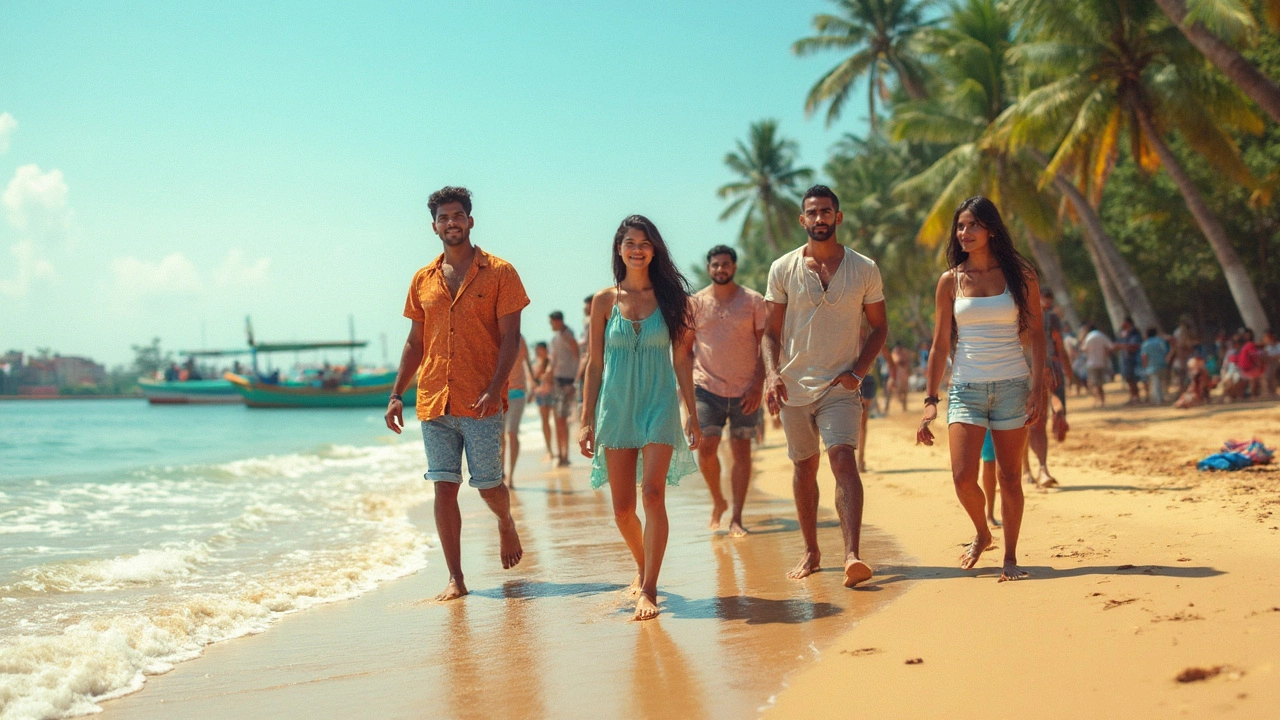Goa Travel Tips: Essential Advice for Beaches, Transport, and Local Culture
When you think of Goa, a coastal state in western India known for its beaches, Portuguese heritage, and vibrant nightlife. Also known as India’s party capital, it draws millions each year—but knowing how to navigate it makes all the difference. It’s not just about sunbathing on Baga or dancing at Anjuna. The real magic happens when you understand the rhythm of the place: when to avoid crowds, how to move around without getting ripped off, and what locals expect from visitors.
Uber in Goa, a ride-hailing service with limited coverage outside major towns. Also known as Ola or local taxis, it’s handy in Panjim and Mapusa but often unavailable on remote beaches. Many travelers end up renting scooters or hiring drivers by the day. Don’t assume you can hail a cab like in Delhi or Mumbai—Goa runs on a different clock. And if you’re heading to a temple or church, remember that temple etiquette India, rules like covering shoulders and removing shoes. Also known as local customs at religious sites, it applies everywhere, even in Goa’s quiet village shrines. Skip the flip-flops at the entrance and you’ll avoid awkward stares.
Food is another area where simple rules keep you healthy. India travel health, the mix of clean street food and risky water sources. Also known as stomach safety in tropical climates, it’s not about avoiding local food—it’s about choosing wisely. Stick to busy stalls with high turnover, drink only bottled water, and skip raw salads unless you’re sure they’re washed in purified water. Goa’s seafood is fresh and amazing, but if it’s been sitting out in the heat for hours, walk away.
Beaches vary wildly. Anjuna’s flea market and full-moon parties are legendary, but if you want quiet, head to Palolem or Agonda. Don’t fall for fake "private beach" deals—most beaches are public. And yes, you can swim at most of them, but check for warning flags. Rip currents don’t care how good your tan looks.
Goa’s charm isn’t just in its sunsets or seafood—it’s in its mix of cultures. You’ll see Hindu temples next to Catholic churches, old Portuguese villas turned into cafes, and farmers selling cashews beside backpackers with yoga mats. The best trips happen when you move slowly, respect the rhythm, and don’t treat it like a resort. This collection of posts gives you real, tested advice from people who’ve made the same mistakes—and learned from them. You’ll find what works, what doesn’t, and how to avoid the traps most tourists walk right into.


